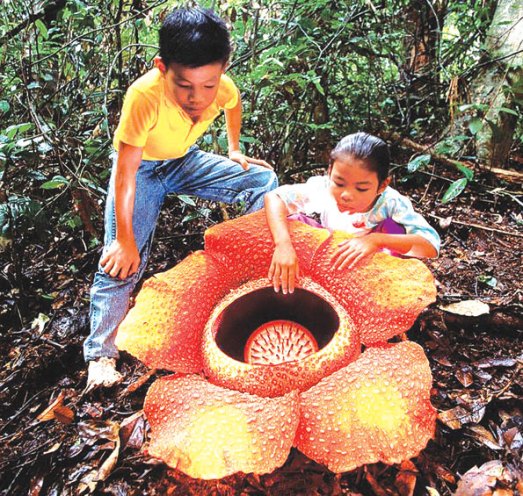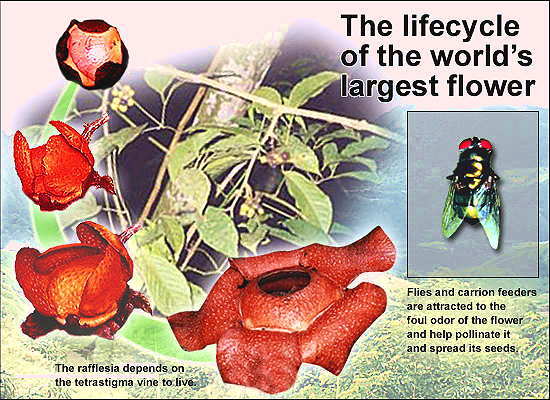Nymphaea thermarum. Also known as the smallest water lily in the world, or the “Pygmy Rwandan water lily” if you’d like. At first glance, you’d notice that this plant has small white flowers and pads that only reach an adorable 1 centimetre in diameter.

Source: DiscoverandShare.org
Despite being delightful to look at, the sad reality is that Nymphaea thermarum are actually extinct in the wild. This means that the only populations that exist on our planet are surviving through cultivation, as their presence is longer reported in their native geographical range. The only place you can find them are at Kew Gardens (formally The Royal Botanical Gardens) in the United Kingdom and in Bonn Botanic Gardens, in Germany.
In both botanical gardens, we see ex situ conservation taking place. This is technique to conserve species outside of their native habitat. There are over 50 Nymphaea thermarum plants in the Waterlily House at Kew Gardens, which is the only place in the world where they are being propagated regularly.

Source: INaturalist.org
This species was endemic – or native – to a hot springs in Mashyuza, Rwanda, which are only a few square metres in size. The plant could only thrive in this location due to the fact that overflow of the freshwater hot spring would dampen the mud around the plants and cool water down to a specific temperature of 25˚C.
So why did Nymphaea thermarum go extinct in their native habitat? The waterlilies disappeared due to local agriculture that diverted the stream feeding the hot springs back in 2008. Overexploitation of the springs meant that plants could not maintain moisture or sustain a constant temperature. It is truly a shame that Nymphaea thermarum were classified as extinct in the wild less than 30 years after being discovered. Although numerous other hot springs in Central Africa were searched, researchers could not find any other populations.

Source: Sander Dekker (YouTube)
What next? The water within the Mashyuza hot springs are still flowing but is sequestered before it reaches the surface. As of right now, the recommended action of conservation is site protection and restoration. If the environment is restored, a re-introduction programme could be put into place to reintroduce Nymphaea thermarum to it’s native habitat. I truly hope to hear about this one day!
—————————————————————-
I was lucky enough to visit the Kew Gardens this past November. It was always a place on my bucket-list, and I finally got to check it off. I did explore The Waterlily House, however, I didn’t get a chance to take a photo of Nymphaea thermarum (the idea of this blog post didn’t exist in my brain at the time). Here are some photos:
Fun Fact: Not THE most fun piece of information, but, in 2014 one of the water lilies was stolen from Kew Gardens. Yeah, no fun at all. They never caught the individuals that stole the plant, but my guess would be that they knew exactly what they were doing. Out of ALL the plants to steal at Kew Gardens, getting your hands on Nymphaea thermarum is oddly specific. If any of you see them on the market somewhere, let Scotland Yard know.
Sources:
















